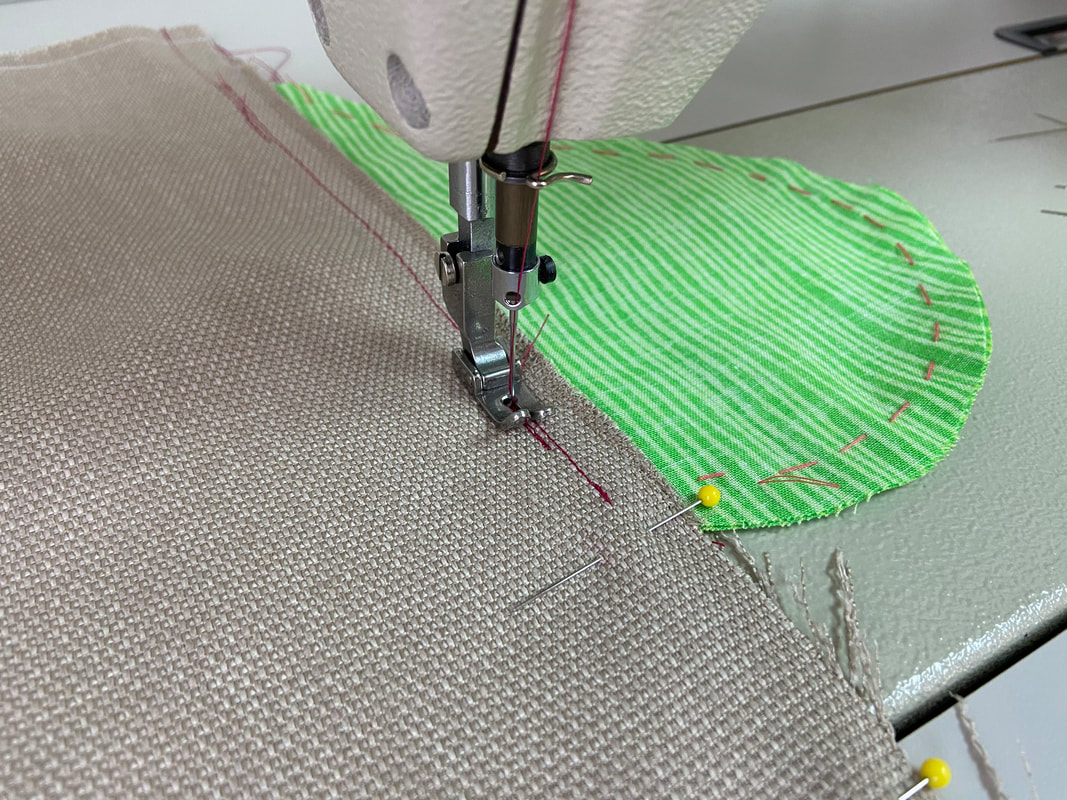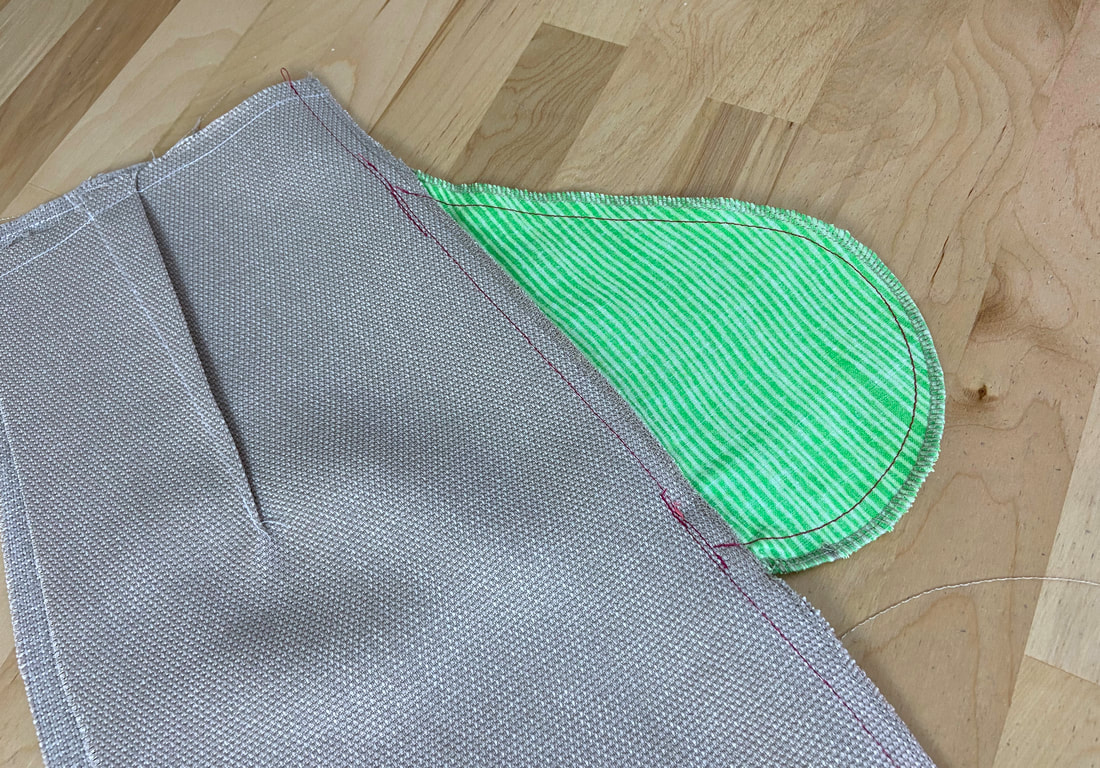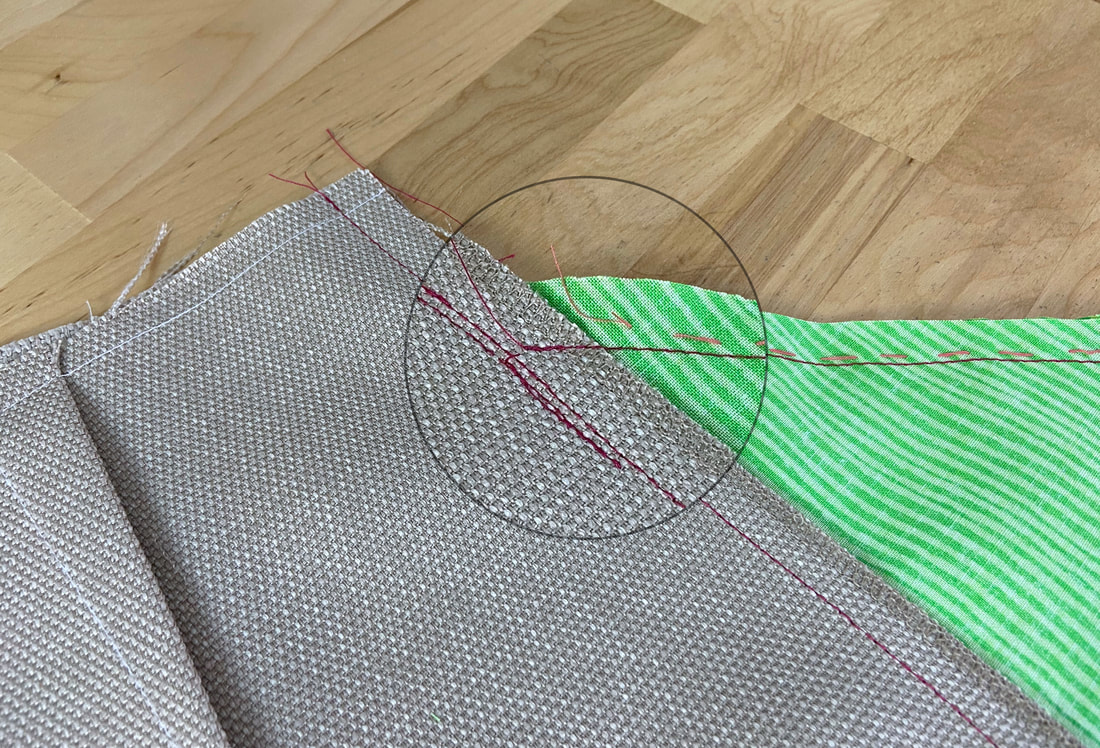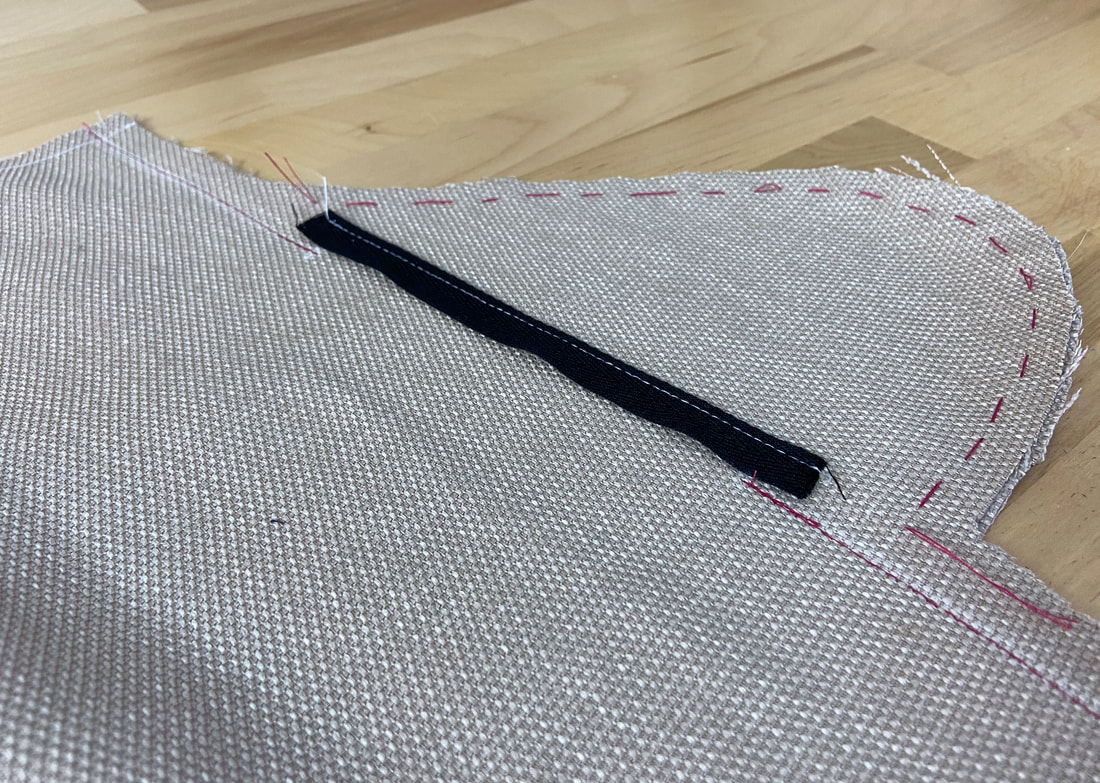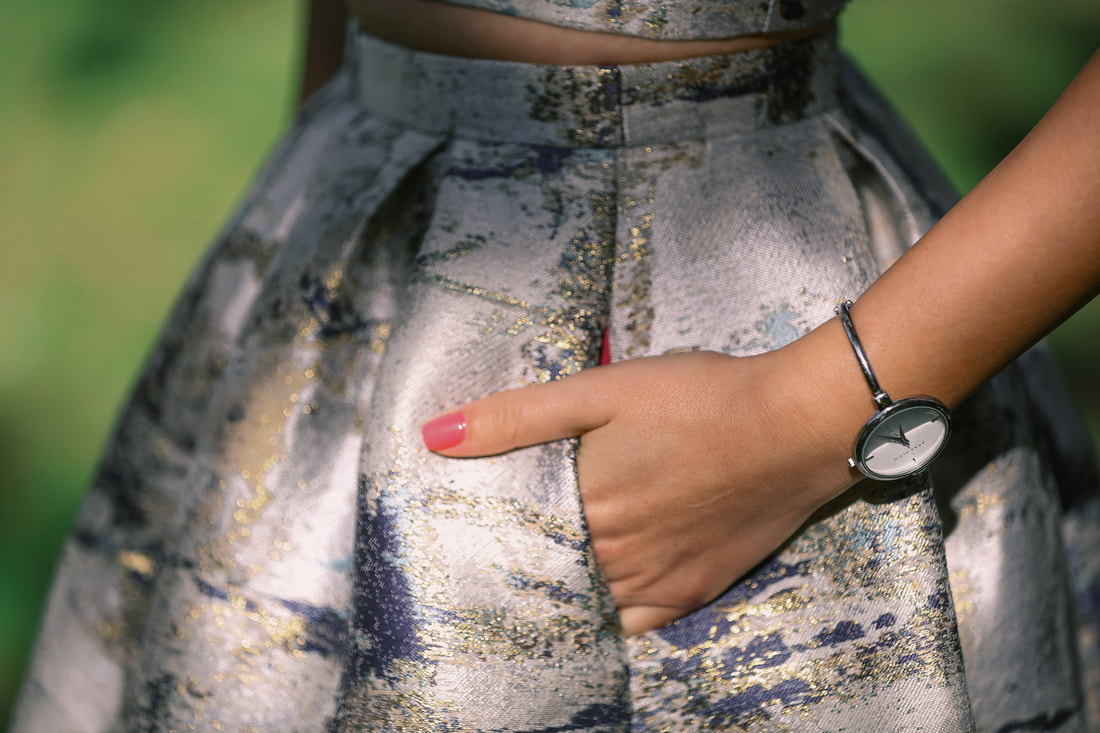How To Strengthen And Stabilize An On-Seam Pocket Opening
Regardless of which type of on-seam pocket you are working with, separate or extension style, it is standard practice to backstitch the top and bottom of the pocket opening when completing the seam.
When sewing an on-seam pocket, the standard practice is to stitch the top portion of the seam (housing the pocket) first, then move to the bottom portion of the seam, stitching it separately.
The end of the first stitch (top) will correspond to the pocket opening's top corner while the beginning of the bottom seam stitch will correspond to its bottom corner.
It is imperative to backstitch for a longer portion (and even a couple extra times) to ensure these two locations are properly reinforced for long term durability.
The end of the first stitch (top) will correspond to the pocket opening's top corner while the beginning of the bottom seam stitch will correspond to its bottom corner.
It is imperative to backstitch for a longer portion (and even a couple extra times) to ensure these two locations are properly reinforced for long term durability.
If you take a look at the wrong side of the pocket application above, you should see the separate top and bottom seam stitches that create the pocket opening. Each stitch end is backstitched to ensure enough durability at the pocket opening.
In a classic (separate) on-seam pocket application, the seam stitch, including the backstitching, should be placed slightly to the left of the stitch connecting the pocket pieces to each corresponding seam edge. Doing so will ensure that the pocket bag layers do not accidentally get caught within the garment seam and show on the pocket's face side. The seam's top and bottom should transition seamlessly into the on-seam pocket opening.
The same technique is used when sewing extended (non separate) on-seam pockets. In the image above, you'll see that, again, both the top and bottom seam stitches are backstitched within the pocket bag area. Conveniently, these two backstitches create the pocket opening.
To construct an on-seam pocket that withstands continuous use throughout the garment's lifespan, reinforcing its opening with backstitching is imperative. The backstitch does not only prevent the seam from coming undone or weakening, it also allows enough strength to support the hand's weight and movement.

